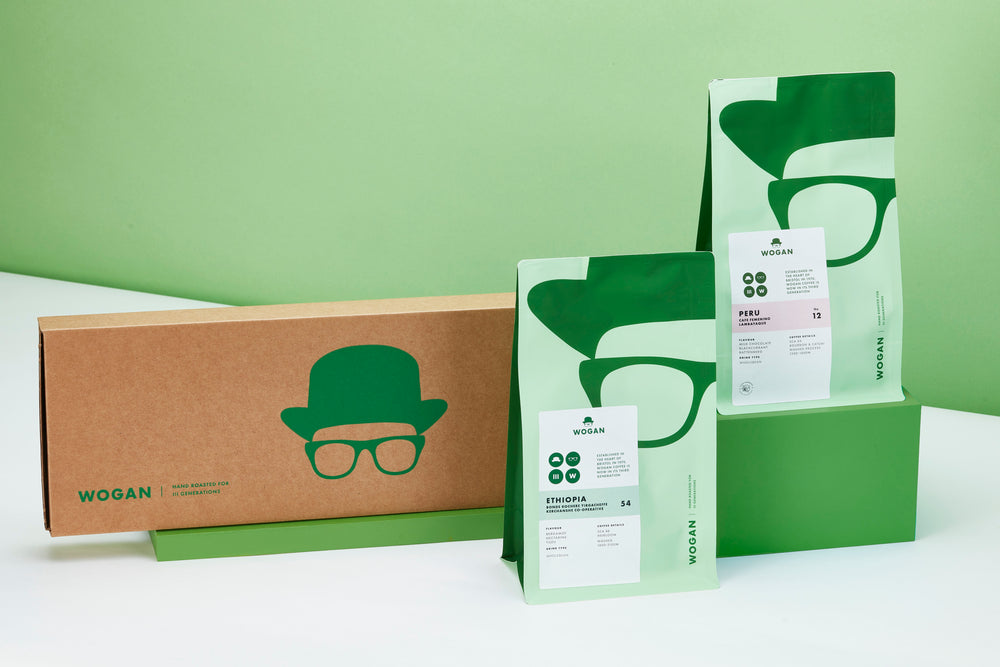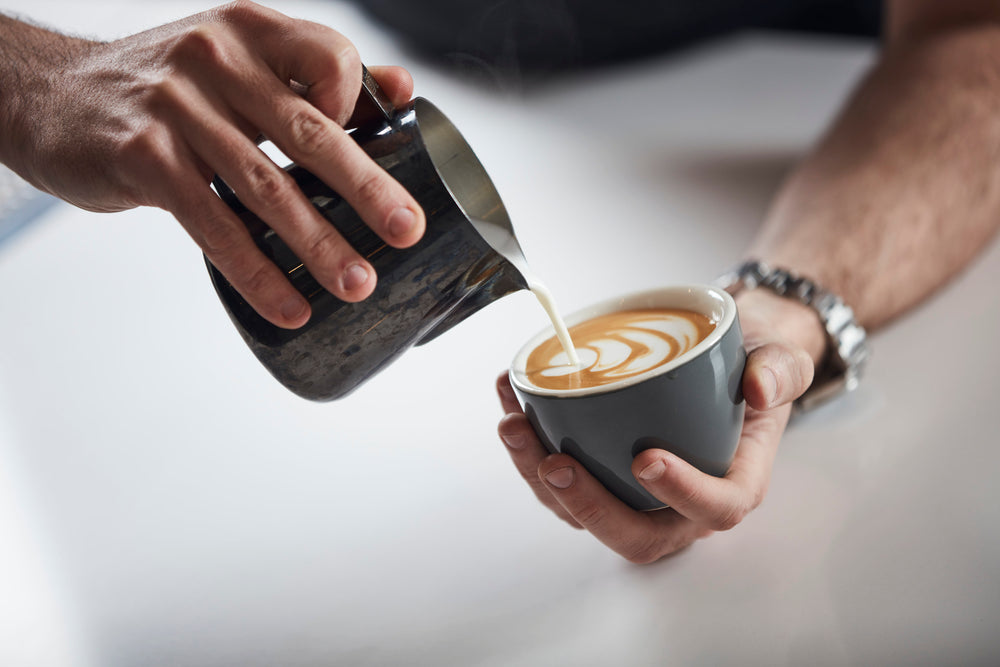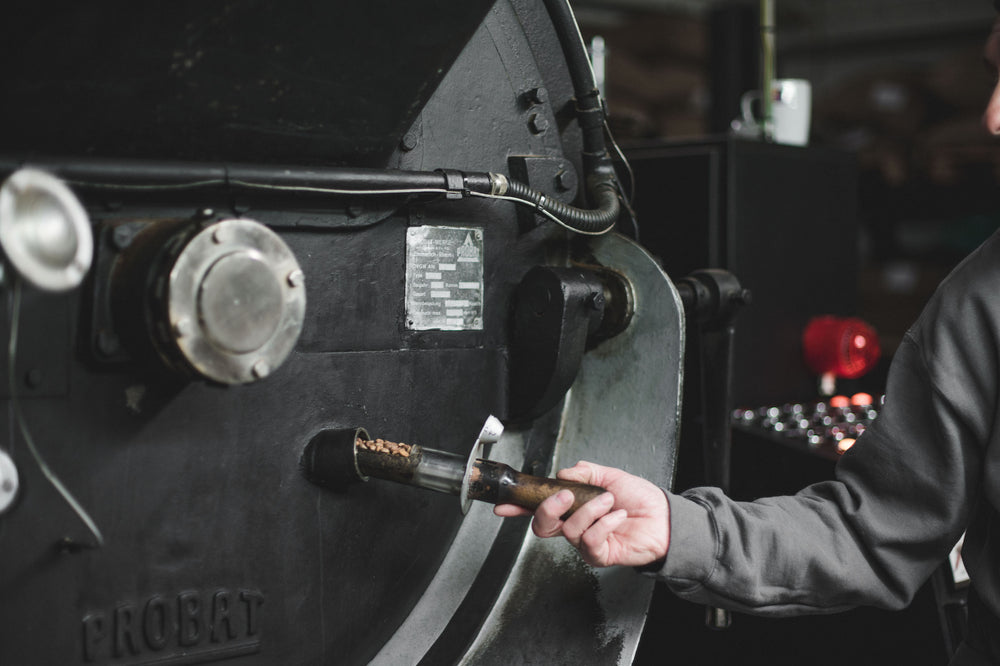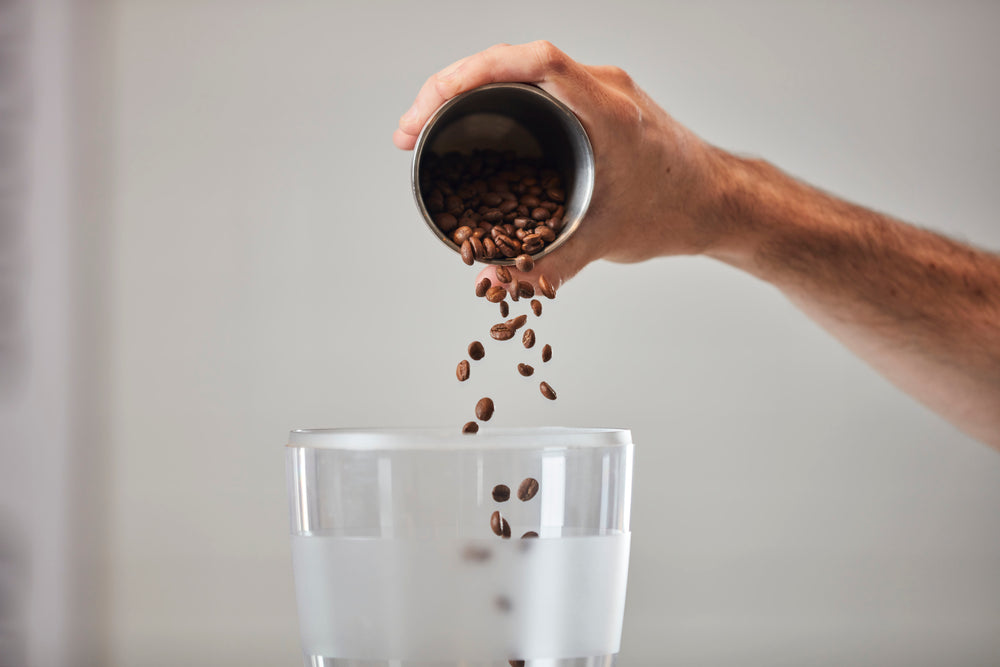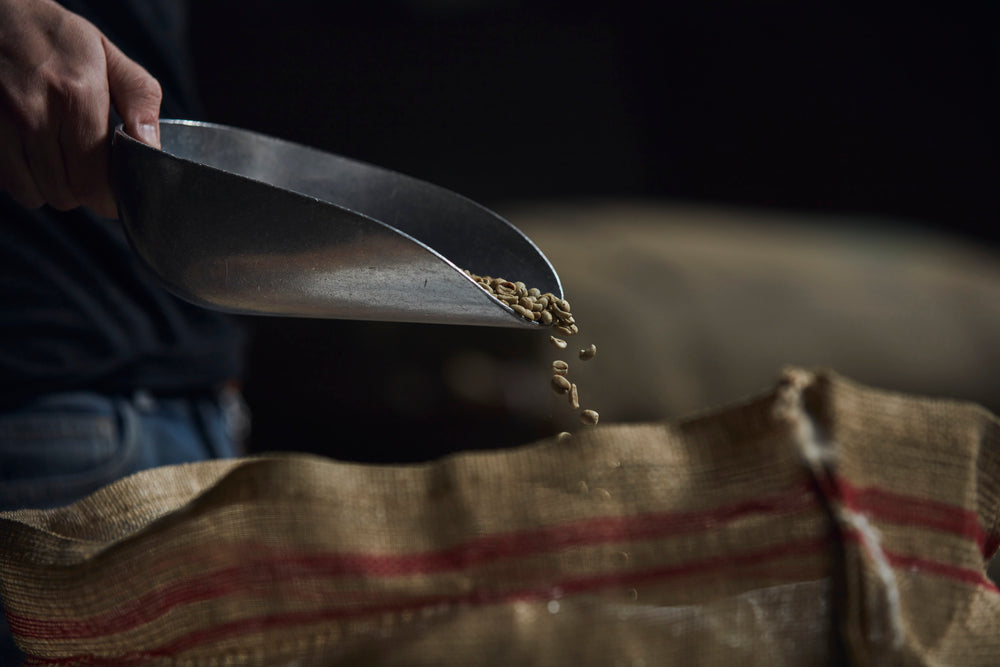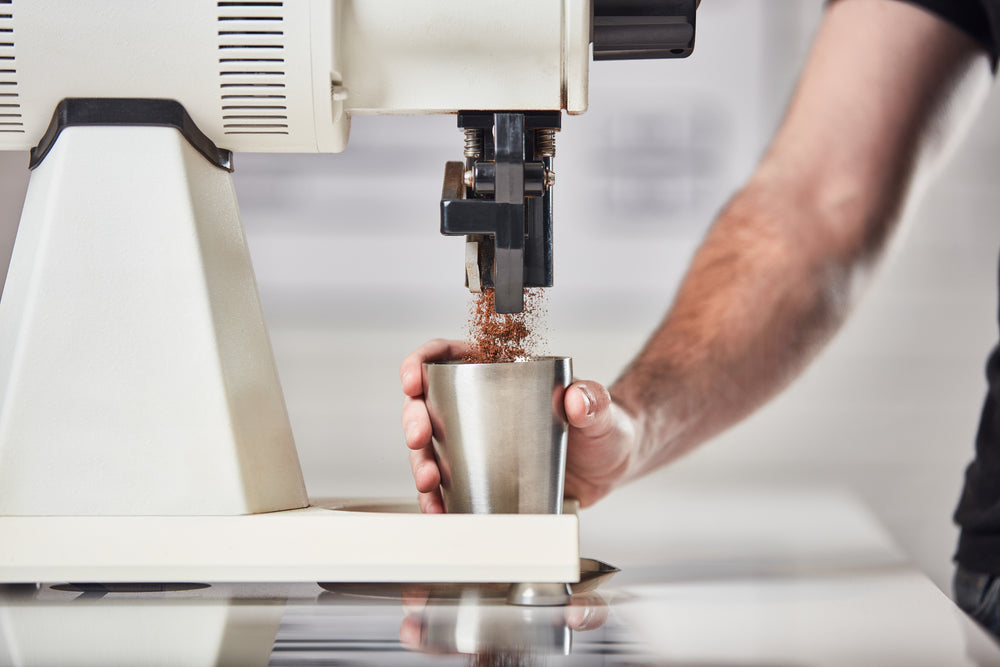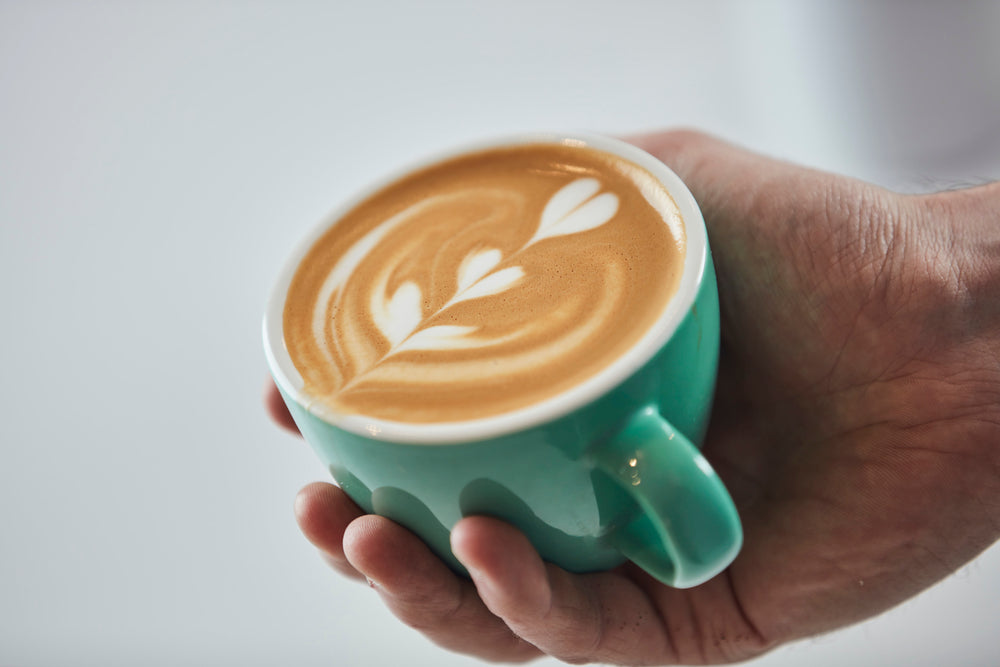Often regarded as the Cro-Magnon Man of coffee, the cafetière has got a bad rap within the specialty coffee industry as not having much merit in comparison to the more modern V60 and AeroPress. That being said, it is still one of the more popular methods of brewing coffee in the population at large. With nearly 100 years of history behind, it is inexpensive to buy and popular for its ease of use, just plonk some water, strain it out and there you go!
Whilst plonk and go has been the staple recipe for using cafetière’s, why should we be resigned to that being the extent of its abilities? Here in the Brew Bar, we have been experimenting for a while with different cafetière recipes to see how we can maximise this brewers’ potential with all the coffees we have on offer! Here’s a few tips and tricks we have found help give you a good head start at home.
1. Brewers rule of thumb – Whilst a cafetiere has a long-established history as a method of brewing coffee, it still does have its limitations. In modern Specialty Coffee, we have found that the more coffee you brew at once, the less specific it tastes. For example, our Kenyan Zawadi Peaberry has a lovely fresh vine tomato quality when brewed in more modern single cup methods, but in a cafetière it enhances more of the sweet and vanilla qualities. When looking for a coffee to use in your cafetière, going for more chocolately and nutty coffees will bring out these profiles, whilst more acidic and fruity coffees will become less specific and more general.
2. How big is your brew? – How much coffee you are brewing will make an impact on what you do with your cafetière. If you’re brewing a single cup for yourself, then you will be using less water, brewing for less time and using finer ground coffee. If you are brewing a big batch for a few people to share, you are going to be using more water, brewing longer and using coarser ground coffee. Taking into consideration your final desired amount will allow you to tailor your brewing to ensure you have a tasty product, for however many people you are brewing for!
3. Par for the “coarse” – The grind size is a really important consideration when brewing with a cafetière. As you are allowing your coffee grounds to sit and steep in water for much longer than any other hot brewing method, you need to have a very coarse grind setting. This gives the water the time it needs to saturate the grounds and extract the right amount of flavours. If you have your coffee ground too fine, you will end up with an over extracted brew, bringing much more of the bitter principles such as plant matter and caffeine into your drink.
4. Dose-y Do – How much coffee you use to brew with will make a big impact on your cafetière. Too much and you will most likely under extract your coffee as there isn’t enough water to capture all that lovely flavour, and too little you will end up with a brew that you can chew! A great starting ratio for brewing in cafetière’s is 60 grams of coffee to 1 litre of water. If you find that comes out too strong, try using a little less coffee, something like 50g to the litre, brewed for slightly less time and vice versa too weak try adding some more coffee brewed for a bit
longer. In the brew bar, we use slightly more, about 67 g per litre. Most coffees will sit nicely within this range so have a play and find your ideal!
5. Simply a matter of time – How long you leave your coffee steeping will naturally also have an impact on the flavour. Too long and you’ll have a brown caffeinated drink, too short you have a sharp and unpleasant brew. In the brew bar, we like our small cafetières to brew in 4 minutes, and our larger cafètieres in 5 minutes.
6. To skim or not to skim – A classic cafètiere would leave the coffee grounds steeped at the bottom of the carafe, constantly adding more body, oils and bitter principles to your brew. Whilst for some that is exactly what they are after, for others this is the reason that cafètieres have become a last resort. If you find yourself in the latter, try skimming the crust of your brew before you plunge. This will decrease of fines and oils that will be present in your brew, giving a much cleaner cup and mouthfeel.
